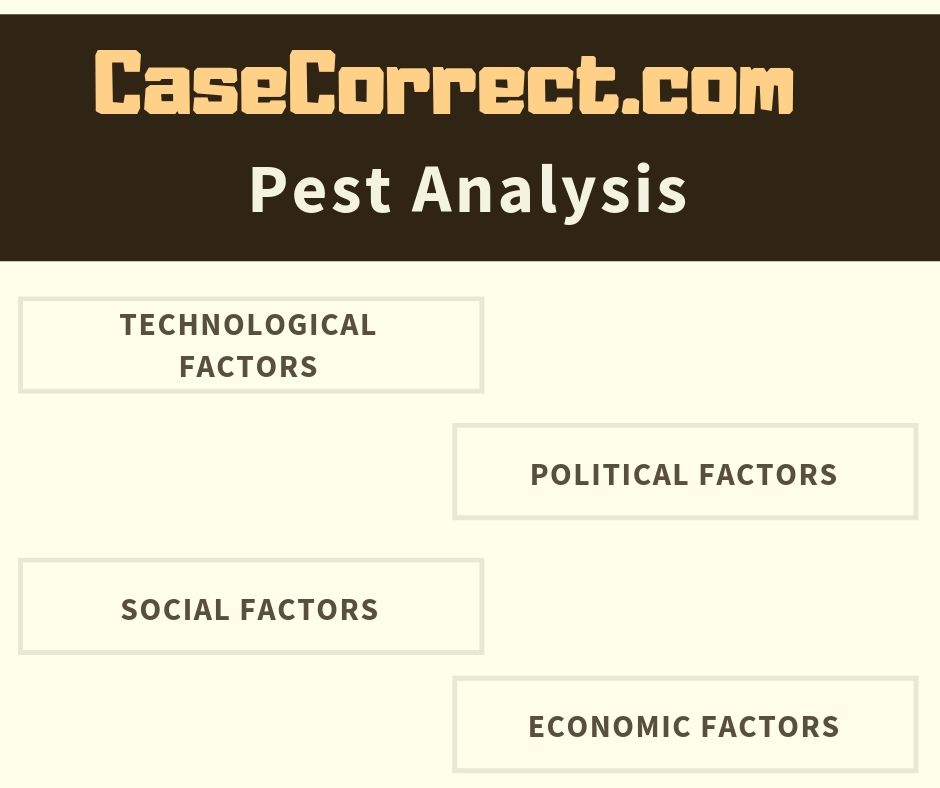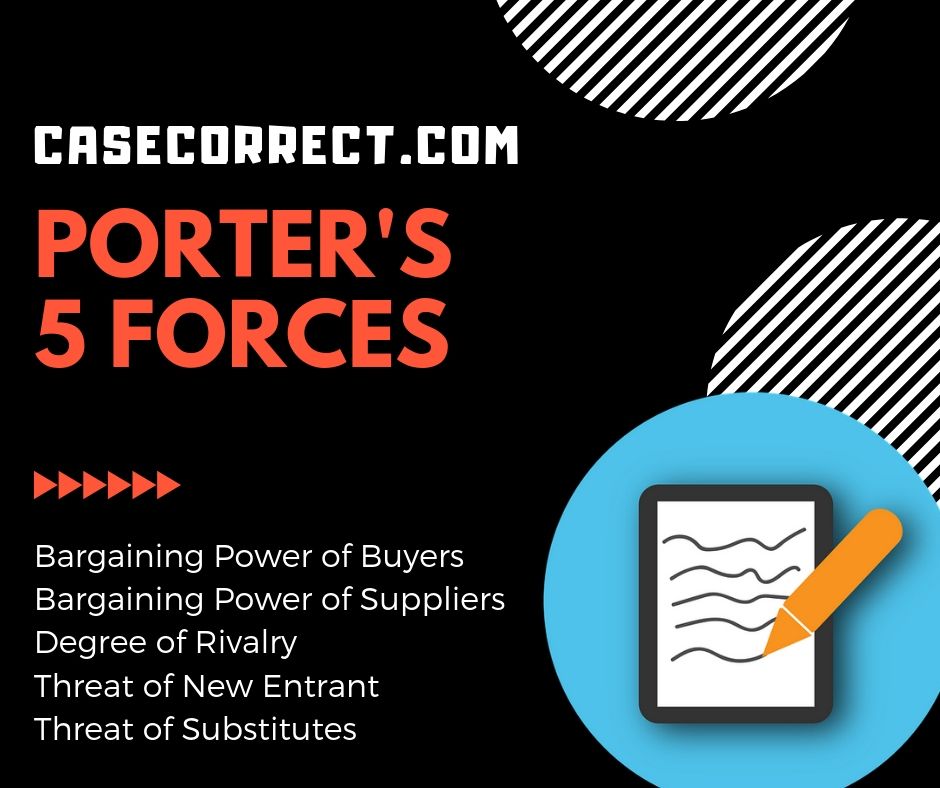Customer Loyalty Schemes In The Retail Sector Case Help
Introduction:
 In 1969, the facility of Customer Loyalty Schemes In The Retail Sector Case Study Solution for supplying its member doctors with the benefit of scientific and administrative structure. It was associated with Cape Cod Eye surgery and Customer Loyalty Schemes In The Retail Sector offering different vertically integrated services in order to satisfy the needs of clients.
In 1969, the facility of Customer Loyalty Schemes In The Retail Sector Case Study Solution for supplying its member doctors with the benefit of scientific and administrative structure. It was associated with Cape Cod Eye surgery and Customer Loyalty Schemes In The Retail Sector offering different vertically integrated services in order to satisfy the needs of clients.
Through the aggregation of a series of centralized functions, Customer Loyalty Schemes In The Retail Sector Case Study Solution had considerably accomplished the economies of sales permitting the eye doctors to provide them with enough time to concentrate on their patients and their personal lives. The corporate framework was its genuine strength that allowed people for designing and directing of practices in their appropriate manner. Given that 1990, the growth of Customer Loyalty Schemes In The Retail Sector Case Study Solution had actually been stable but the health care environment trends had understood to erode the monetary returns of Customer Loyalty Schemes In The Retail Sector Case Study Solution from 50 percent of the 1980's incomes to 40 percent in 1990 and 30 percent in 2000.
Problem statement:
 Due to the modifications in the rules to run in the Customer Loyalty Schemes In The Retail Sector Case Study Analysis market, it was needed by the companies to increase the volume of patients, decrease in costs of procedures and treatments in order to balance out minimized margins. Yearly reduction in the rates had actually created problem for physicians in earning a great earnings.
Due to the modifications in the rules to run in the Customer Loyalty Schemes In The Retail Sector Case Study Analysis market, it was needed by the companies to increase the volume of patients, decrease in costs of procedures and treatments in order to balance out minimized margins. Yearly reduction in the rates had actually created problem for physicians in earning a great earnings.
Situational Analysis:
SWOT Analysis:
Strength:
• Customer Loyalty Schemes In The Retail Sector Case Study Solution is understood to have a distinguished position in the Customer Loyalty Schemes In The Retail Sector Case Study Analysis industry of United States of America.
• Due to its presence in the United States, it has strong client base line as an approximate of160,000 visits of clients per year.
• Management of Customer Loyalty Schemes In The Retail Sector Case Study Analysis including its doctors spend more time to activities in mentor, research and development for imaginative product development.
• The team members had a collective relationship in going over and management of any specific operation headed by a group leader.
Weakness:
 • Issues in maintenance of scheduling system and main scheduling center of Customer Loyalty Schemes In The Retail Sector Case Study Analysis pace due to the change in the treatments followed by Shingleton's team.
• Issues in maintenance of scheduling system and main scheduling center of Customer Loyalty Schemes In The Retail Sector Case Study Analysis pace due to the change in the treatments followed by Shingleton's team.
• Financial returns of the organization had actually been decreasing annual with boost in the development of Customer Loyalty Schemes In The Retail Sector Case Study Analysis industry in United States of America by 5 percent.
• Increased volume of clients' sees needed usage of increased capacity that reduced the ability of the group the absorption of the flow of changes.
• Higher patients' volume led the team of major stress threatening the objective of the practice and the rate of earnings growth.
Opportunities:
• Development of the consumer base line in the low-end market will provide them with direct contact with their customers to offer them with high quality services.
• Local gamers tend to be crucial players in the development of any leading company, healthy relationship with relative local players can supply considerable result in the value chain of business operation.
• As there has been compensation by the federal government, restricting brand-new entrants entry in the Customer Loyalty Schemes In The Retail Sector Case Study Help industry in the United States supplying a benefit to all leading companies in the Customer Loyalty Schemes In The Retail Sector Case Study Help market.
• Production of low-end products, as high-end products are costly and can not be inexpensive for poor people getting medication for their particular medical condition.
Threats:
• Development in the use of technology versus the security of ecological concerns tend to grow the criticism by the groups of environmental protection.
• With rate to be the leading organization in the world, efforts are being made by every organization puzzling the consumers and growing concern about their health awareness.
• Mismanagement of the scheduling procedure of the organization may lead to loss of clients due to the poor services of the team and stress and grumbled doctors.
PEST Analysis:
Political:
 The significant element of the Customer Loyalty Schemes In The Retail Sector Case Study Solution market where Customer Loyalty Schemes In The Retail Sector Case Study Solution runs has stability in terms of politics. At present, the rate of Customer Loyalty Schemes In The Retail Sector Case Study Analysis industry had actually understood to be increasing at about 34 million with the growing industry rate of about 5 percent. Customer Loyalty Schemes In The Retail Sector Case Study Solution operating in the Customer Loyalty Schemes In The Retail Sector Case Study Help market in United States of America has been known to experience political pressure mesmerizing for reduction in the costs of the items. This is because of the advances in technology and medical sciences. The impact of political factor on Customer Loyalty Schemes In The Retail Sector Case Study Solution is considered as moderate.
The significant element of the Customer Loyalty Schemes In The Retail Sector Case Study Solution market where Customer Loyalty Schemes In The Retail Sector Case Study Solution runs has stability in terms of politics. At present, the rate of Customer Loyalty Schemes In The Retail Sector Case Study Analysis industry had actually understood to be increasing at about 34 million with the growing industry rate of about 5 percent. Customer Loyalty Schemes In The Retail Sector Case Study Solution operating in the Customer Loyalty Schemes In The Retail Sector Case Study Help market in United States of America has been known to experience political pressure mesmerizing for reduction in the costs of the items. This is because of the advances in technology and medical sciences. The impact of political factor on Customer Loyalty Schemes In The Retail Sector Case Study Solution is considered as moderate.
Economical:
Customer Loyalty Schemes In The Retail Sector Case Study Analysis requires sticking to consider laws of customers, laws of employment and laws of health and security in the area where it operates. Furthermore, there is a requirement of sticking to added regulations developed in the target consumer market. Regardless of, the advantage of regulations and laws to well established organization like Customer Loyalty Schemes In The Retail Sector Case Study Help considering that they provide assistance in reducing the entry of industry and increasing the self-confidence of customer with drugs.
Social:
Mainly in European and American states, majority of the population is aging increasing the demand of drug utilization. This is expected to stay exact same or even increase with regard to time in upcoming duration. With boost in the check outs of the patients in Customer Loyalty Schemes In The Retail Sector Case Study Help has also served as an aspect in increasing the demand of drugs.
Technological:
Improvements through the usage of biotechnological methods and techniques has actually facilitated continuous development for research and advancement with contribution of the organization's own physician investing their time in the technological improved devices in the Customer Loyalty Schemes In The Retail Sector Case Study Analysis market. The research study and advancement needs heavy financial investment, but it substantially helps with the quality of drugs throughout its advancement.
Alternatives:
Incorporation of managerial and HR expertise:
 Due to the mismanagement and increased volume of clients visits impacting the efficiency of doctors and to deal with the factor behind their tension. HR practices in the management of operations of the company play an essential role.
Due to the mismanagement and increased volume of clients visits impacting the efficiency of doctors and to deal with the factor behind their tension. HR practices in the management of operations of the company play an essential role.
Pros:
• They have the charge of recruitment providing training of leadership, management of group work, support in scheduling, and a systematic process of working with.
• They operate in lead in the development management, management of efficiency, succession planning, courses of career and some other elements in the management of talent.
• In advancement of reliable relationships at work for efficiency and contribution, they offer assistance by knowing the crucial players.
Knowledgeable in terms of policies, guidelines and guidelines involving payment that depends upon the region, city or state.
Cons:
• Governmental bodies are primarily worried for financing with the macro-economic concerns rather micro-level concentrating on the contemporary practices of HR focusing on the performance and motivation of workforce.
• Development of ability of HR needs financial investment in development and training of both HR professionals line expert with the duties of staff management.
Financial investment in enhancing the capability of expert human resource evaluates in a number of methods order to deliver the function of HR management. Even, after the rejection of outsourcing, the in-house function of needs to be kept an eye on and examined properly.
Reduction in direct personnel cost:
The method is to be focused within the company which is mostly due not because of the requirement but out of sheer requirement which may undertake reduction in expense. Decrease in cost is generally for enhancement of productivity and the portion of profit development.
Pros:
• Cost reduction baseline is understood to increase the margins of profit which the desired benefit. The company can perform cost reduction procedure based on their requirement to increase the earnings margin.
• Increase in the performance through reduction in expense by disconcerting workers about its entrance in the phase of micro-management.
Enhancement at the same time standards because the results of improvising procedures is on the current procedure nature enhancing the requirements of item development.
Cons:
• Although, the process of cost decrease is a favorable one in the advancement and development of the organization as a long-term method, but incorrect cutting of the expense may develop a panic alarm throughout the company.
• Changing in the processes followed can sometimes be harmful rather improving rate of earnings development depending upon the involvement of internal and external stakeholders.
• Focusing on the decrease of cost might result in jeopardize on the quality of item impacting the mission and vision of the company and threatening the value of the brand name.
Development of a new organizational structure:
Modification in the structure of the company is to control the modifications in company operations and operate it from a status quo to the preferred state in the future. It intends to bring strategic modifications in the company for a client company to guarantee that the corporation runs generally throughout the change.
Pros:
 • Organizations that thinks about external specialist for execution in altering the structure of the company has the advantage of external influence.
• Organizations that thinks about external specialist for execution in altering the structure of the company has the advantage of external influence.
• Modification in the structure of company requires the management of organization to monitor the change execution to make sure that the processes needed are in place and estimate that there are no barriers hindering successful implementation of the change. The most reliable modification in the structure of organization forces will gather the intelligence of company in order to better understand the way the company runs.
Changes in the structure of organization control the change speed and the way it changes to be carried out. It help the organization in embracing changes successfully. It likewise guarantees that the adaptation of the change in the structure of organization is going on its ideal rate and the adjustment of procedure should be continued.
Cons:
• Modification in the structure of organization is not carried out straight in a regular manner through leader functioning as the leading main members of the organizational management. It can be somehow tough for bringing change in the structure of the organizational force in order to get company large buy-in.
• While the team responsible for altering the structure of the organization helps the company to change with the carried out modifications, modifications in the organizational structure rarely has the ability of empowerment and to provide ownership of the changes to the employees in the organization.
• Modifications in the structure of organization, is to re-organize the whole structure of the company on how it runs. Nevertheless, it supplies with certainty to run the organization in a smooth manner however it must not be carried out throughout seriousness.
